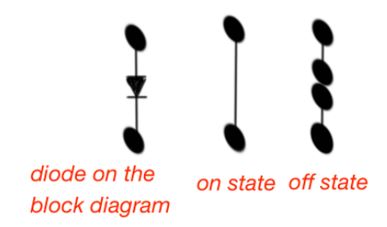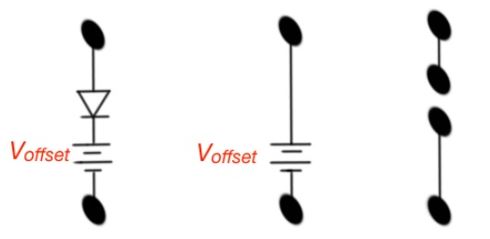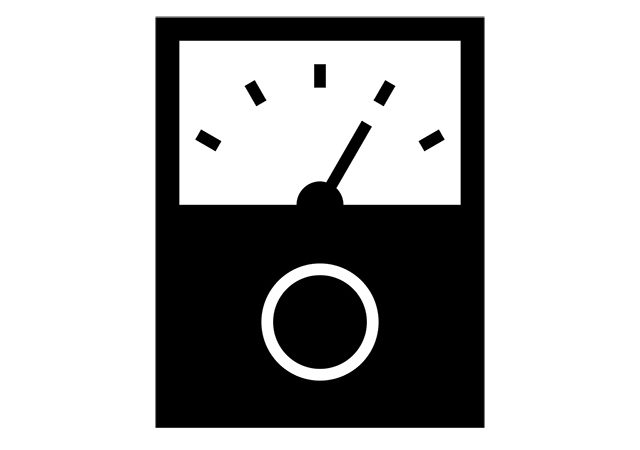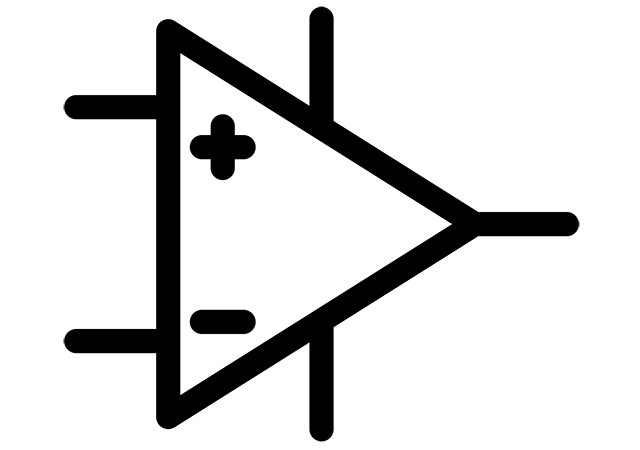Ideal diode model: describes the diode as an on-off device. The ideal diode can be approximated to the open-circuit and short-circuit device. In the characteristics the short-circuit corresponds to the open-circuit .
The ideal diode model can help to determine if the diode is in conduction mode. It is most useful when the circuit is complex and it is not clear if the diode is conducting. To achieve proof of this we must assume that the diode is in an on or off state, establish the circuit model for the ideal diode, and resolve and . If the solution corresponds to the assumption then the assumption is correct.

Rectification is one of the applications for semiconductor diodes. The semiconductor diodes are used as converters of AC signals to the non–zero DC signals which are called rectifiers. An especially wide rectifier is used in the DC voltage supplies that operate from the AC line. If the diode is connected in series with the AC voltage source, it will conduct only a positive half-cycle of the voltage wave – this rectifier is called a half-wave rectifier. The semiconductor diode can also conduct negative half-cycle, and this type of rectifier is called a full-wave rectifier. The last type of rectification is more efficient, because it does not lose half of the source energy.
Offset-diode model: The offset voltage is an essential effect in any semiconductor diode. The offset diode consists of an ideal diode and battery with the voltage level equal to the offset of a diode. A battery ‘shifts’ the current-voltage characteristics to the right on the voltage axis and it changes the work regimes of the ideal diode. If the offset voltage is , then for , the diode behaves like an opened diode; for , the diode behaves like a battery.





